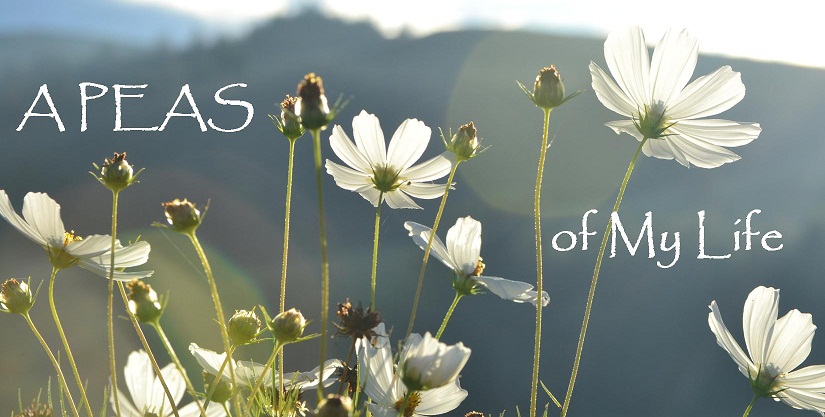“Life expectancy would grow by leaps and bounds if green
vegetables smelled as good as bacon.” ~Doug Larson
“I think we love bacon because it has all the qualities of
an amazing sensory experience. When we cook it, the sizzling sound is so
appetizing, the aroma is maddening, the crunch of the texture is so gratifying
and the taste delivers every time.” ~Alexandra Guarnaschelli
I fell in love at the bowling alley.
I was attracted immediately to the scent. The object of my affections was firm, toned,
yet soft. Perfectly tanned on the
outside, and oh so hot … sizzling even.
It was the best BLT of my life.
My friend Lynette and I went back to the bowling alley in
Friedberg, Germany numerous times over the next year or so, normally before
heading to the racquetball court, and always ordering bacon, lettuce, and
tomato sandwiches. She remembers,
too. I asked her a few months ago when
we were home on furlough and bacon had come back into my life. In the last four months of 2012, around the
same time I was brainwashing … I mean, sharing the joy of BLTs with my son, I
posted three different pictures of bacon, lettuce, and tomato sandwiches on
Facebook.
 My family thought I was crazy. But I’m pretty sure BLTs are going to be on
the heavenly buffet menu. Or maybe we’ll
have a Jetsons-esque celestial Food-a-Rac-a-Cycle. Or maybe I’ll actually enjoy cooking.
My family thought I was crazy. But I’m pretty sure BLTs are going to be on
the heavenly buffet menu. Or maybe we’ll
have a Jetsons-esque celestial Food-a-Rac-a-Cycle. Or maybe I’ll actually enjoy cooking.
Any of those would be fine with me.
 |
| Disturbing. |
I know there are people out there who have proudly put
themselves out there in the world of social media as a “Fan of Bacon” (you know who you are),
and last year when we were in the US, we saw that bacon seemed to be taking
over the world in some rather disturbing ways.
I’ve always considered sausage the
quintessential breakfast meat (excuse me
while I duck projectiles from the bacon-lovers), but I have come to realise that bacon has its place.
Unfortunately that place is not here in PNG.
To be honest, we can’t get “ground breakfast sausage” here
either (think chub packs of Jimmy Dean) but it is easier to make than bacon. Add an egg and a few spices to ground beef
(here called “mince”) or ground pork (harder but not impossible to come by) and
voila!
But, bacon?
No. There is just no
way that I have found to make homemade bacon.
Maybe if I could start with a pig and a lot of salt …
I tried a few different things during our first term to
simulate the cured pork product, but nothing thrilled us. When we returned from furlough we found that
the mission store was now carrying imitation bacon bits. They are not expensive,
surprisingly, and decent for the occasional salad or baked potato, but made
with textured vegetable protein (i.e., soy), there are definite drawbacks.
Pretty soon, however, a friend introduced us
to “Tasty Pork,” (a product of Denmark, and even has its own facebook page!)
Now, having given this spamish product a fair chance, I have to agree with our friend that Tasty Pork is a
pretty good substitution! And thus the idea was born that while we couldn’t
have a true BLT here (I did manage to
find one in Australia last month - don't tell my son) we could try a TPLT instead.
 |
| No keyless entry for this bad boy. |
 |
| Remember Spam? Yeah. |
 |
| The thinner the slices, the crispier it fries up. |
 |
| It even sizzles and pops, just like bacon! |
 |
| The finished product. |
So, there you have it. If you're one of the two people who felt sorry for me when I whined about not having bacon, your days of obligatory compassion are over!
We Americans can make a satisfying BLT using Danish Spam in the
highlands of New Guinea.
At least until the store runs out of Tasty Pork. :)






